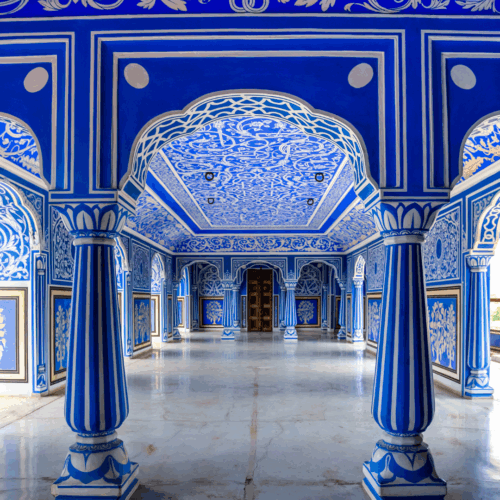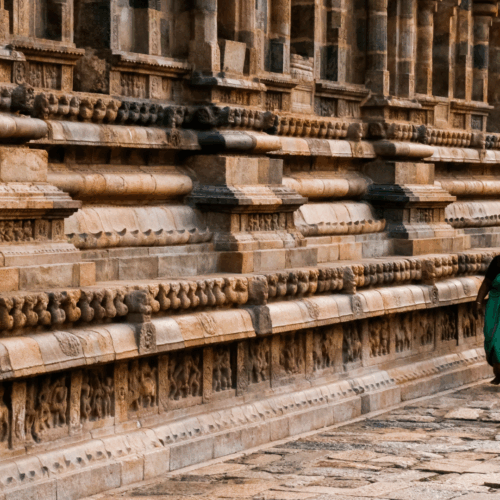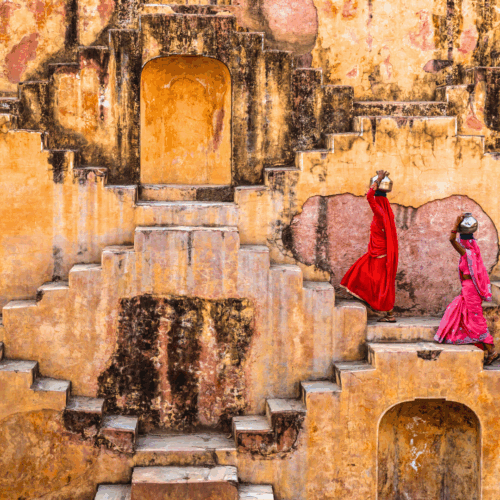The moment visitors step through The Belgadia Palace’s imposing doors, they enter a world where past and present coexist in remarkable harmony. The palace’s neo-classical architecture—featuring Greek columns, Bengali-influenced verandas, and Victorian furnishings—tells the story of the Bhanj Deo dynasty’s cosmopolitan outlook. As rulers of the princely state of Mayurbhanj, they were both guardians of ancient traditions and patrons of innovation. High-ceilinged rooms feature original Burmese teak floors and Belgian chandeliers, while family portraits chronicle the Bhanj Deo dynasty’s evolution from traditional rulers to progressive modernizers. The carefully curated library houses rare manuscripts documenting Mayurbhanj’s tribal languages, royal correspondence with leaders across British India, and scholarly works on the region’s distinctive artistic traditions.
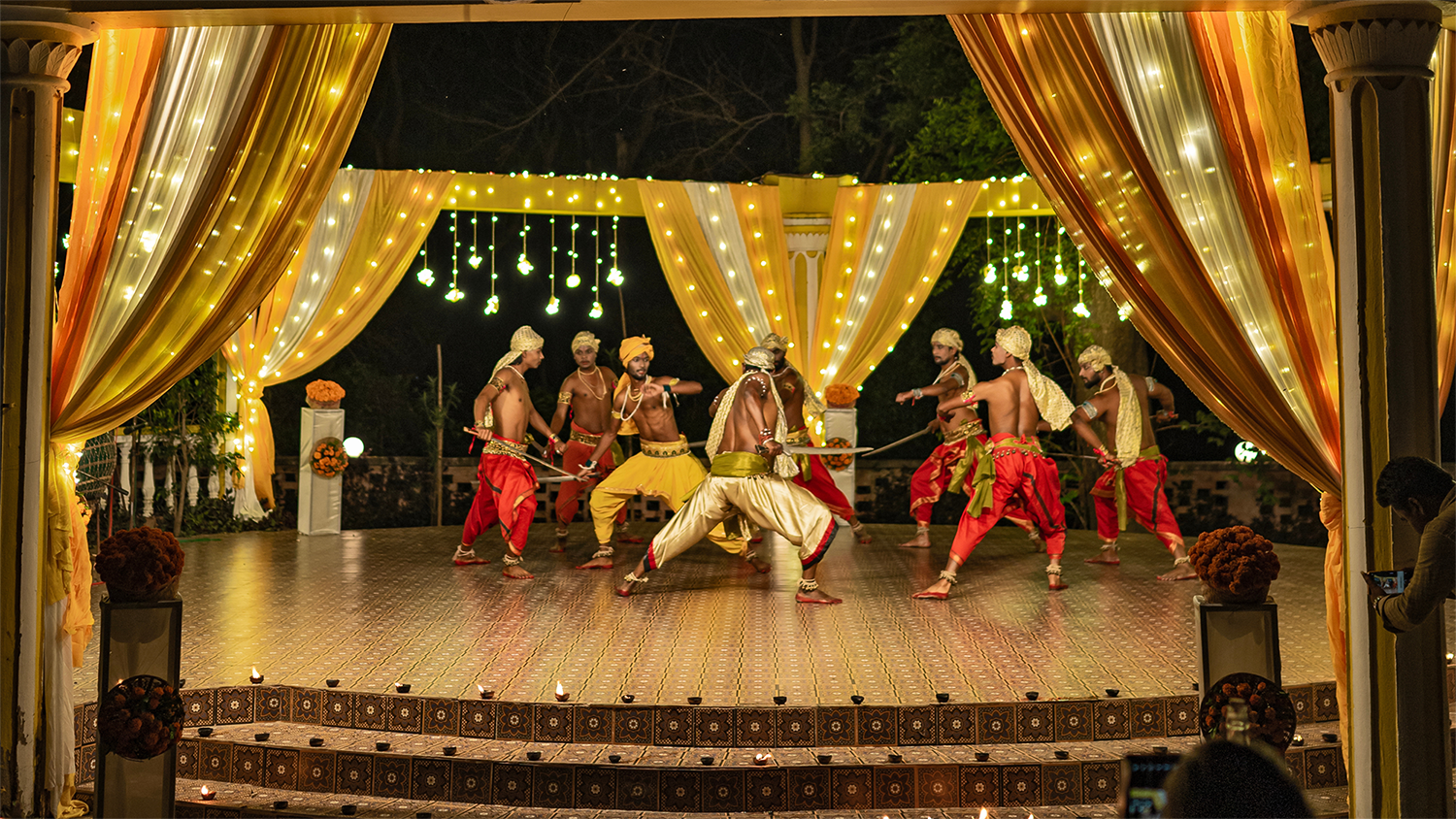
The palace grounds come alive during evening performances of Mayurbhanj Chhau, the district’s UNESCO-recognized dance tradition. Unlike its more theatrical cousins from neighbouring regions, Mayurbhanj Chhau is performed without masks, emphasizing the dancers’ extraordinarily expressive facial movements alongside acrobatic leaps that showcase its martial origins. Chhau tradition’s evolution from royal court entertainment to a community-wide artistic expression makes it unique. When performed at The Belgadia Palace for the guests, it continues a tradition that connects Mayurbhanj’s royal heritage with its village traditions.
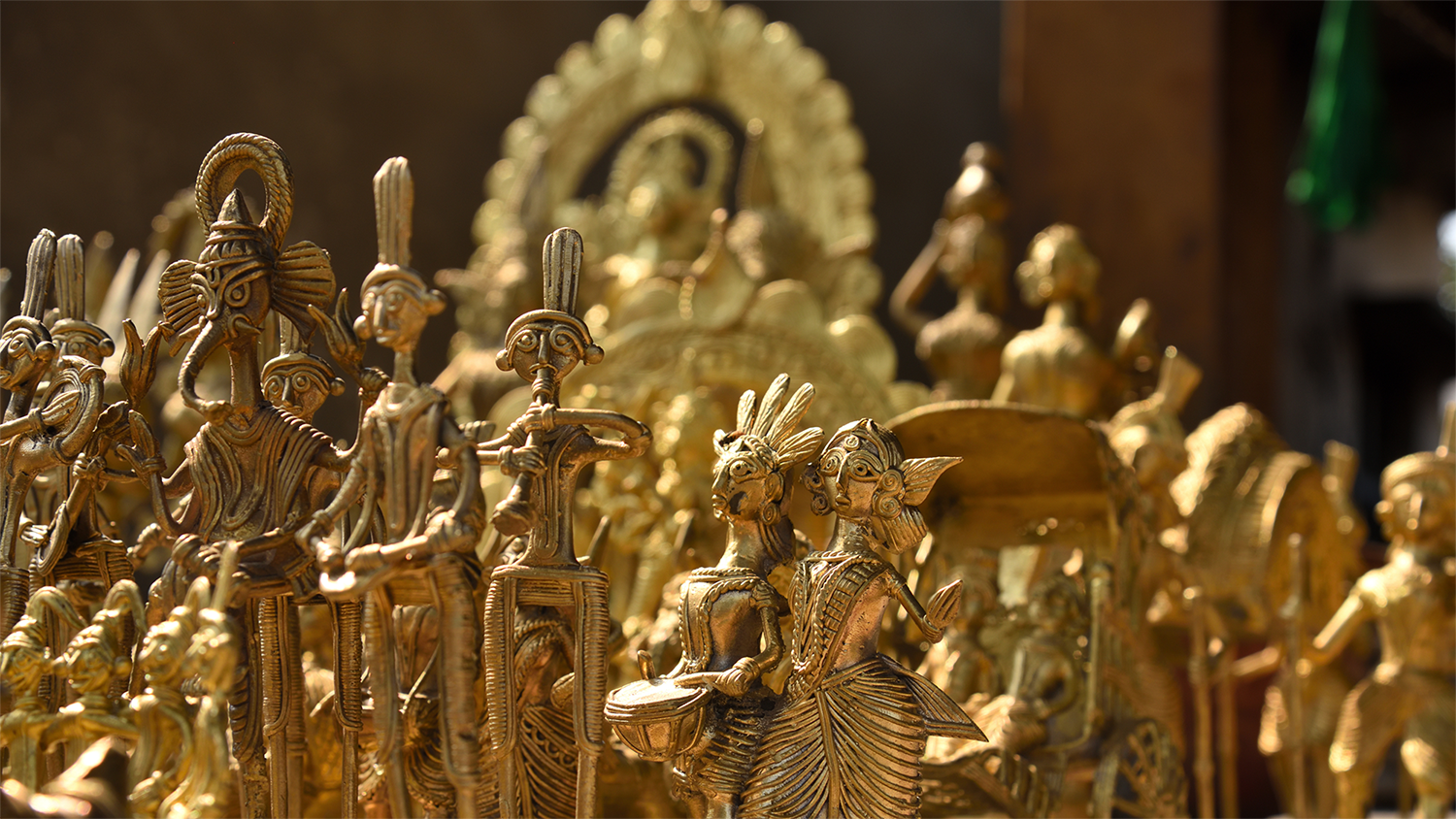
The Belgadia Palace is a gateway to the surrounding villages of Mayurbhanj, where cultural traditions remain vibrant aspects of daily life rather than performances staged for tourists. The Bhanj Deo sisters have developed respectful community partnerships that allow guests to witness authentic practices while supporting their preservation. Visitors can spend time with families who have practiced Dhokra metal casting for generations. They use the ancient lost wax method to create intricate brass figurines. Rather than mass-producing tourist souvenirs, these artisans create ceremonial items still used in local rituals—from tribal deities to agricultural implements invested with spiritual significance.
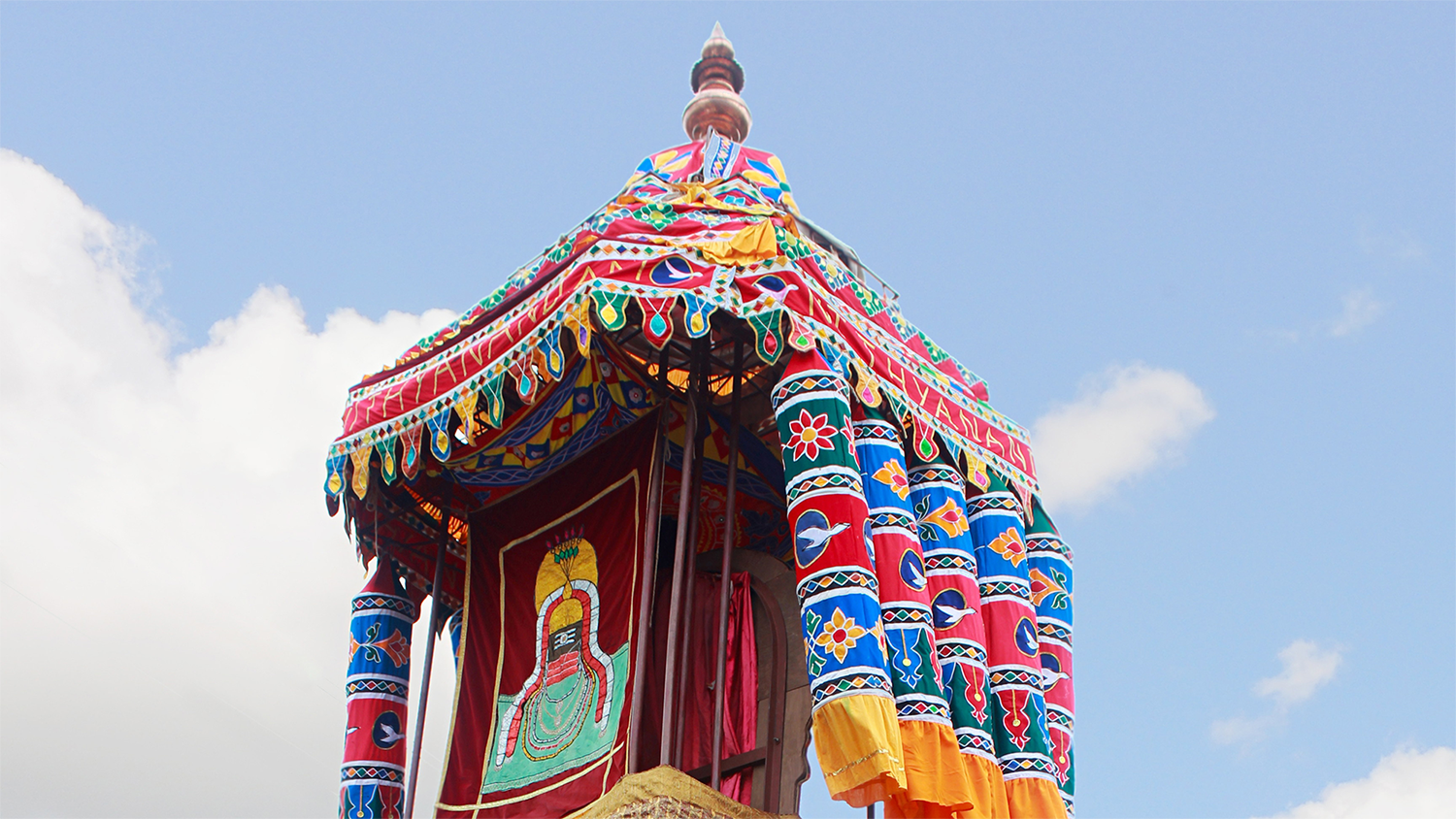
The most remarkable cultural experience associated with The Belgadia Palace is participation in Mayurbhanj’s annual Rath Yatra (Chariot Festival). While this tradition reaches its grandest expression at Puri’s Jagannath Temple elsewhere in Odisha, Mayurbhanj’s interpretation includes a revolutionary element found nowhere else in India. This all-women chariot-pulling of Subhadra’s chariot is a tradition which has become emblematic of the district’s progressive approach to cultural preservation.
The women’s Rath Yatra represents the distinctive cultural character of Mayurbhanj. It honours ancient spiritual traditions while embodying the community’s commitment to gender equality and social progress. Each summer (typically the first week of July on the Hindu calendar), hundreds of women from across the Mayurbhanj district gather in brilliant crimson and saffron saris to pull massive wooden chariots through streets lined with devotees. What began as a royal initiative has evolved into a beloved community tradition that symbolizes spiritual devotion and women’s empowerment.
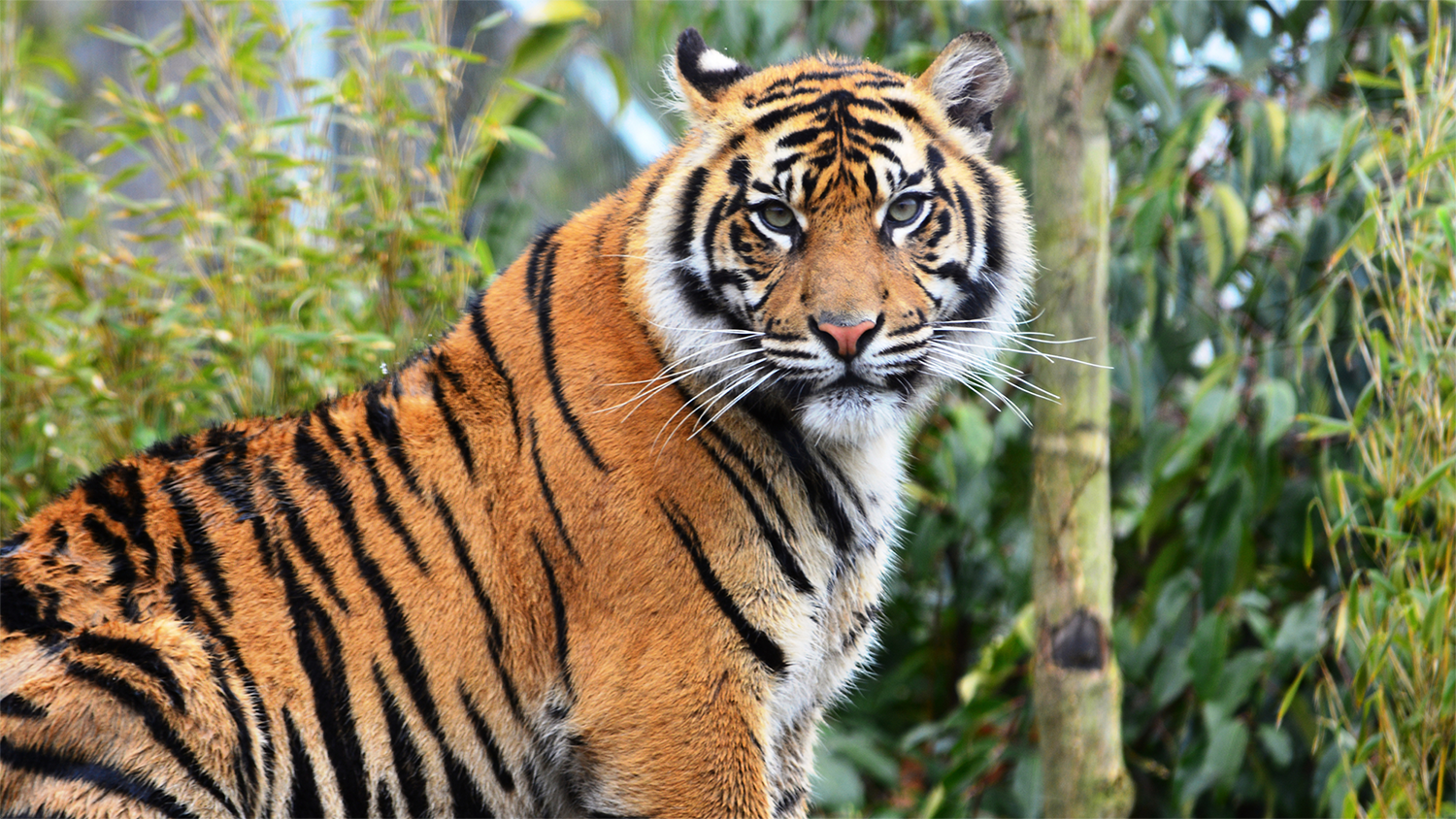
With the Belgadia Palace as their base, travellers can explore broader cultural connections that link Mayurbhanj’s traditions to the wider tapestry of Odisha’s heritage. Just 37 miles from the palace, the 7th- to 10th-century Khiching Temple Complex showcases exquisite black granite carvings, representing the height of Kalinga architectural traditions that influenced Mayurbhanj’s royal building practices. Similipal National Park, a 30-minute drive from the palace, offers extraordinary biodiversity and insights into how local tribal communities developed sustainable relationships with the forest environment, reflected in their artistic motifs and spiritual practices.
A UNESCO Biosphere Reserve, Simlipal is home to more than 1,000 species of flowering plants, rare medicinal herbs, and iconic fauna including elephants, leopards, and the Bengal tiger. Most uniquely, Simlipal shelters the world’s highest concentration of melanistic tigers—a rare genetic variation where the tiger’s orange coat is replaced with a deep black, marbled pattern. These elusive and majestic creatures are emblematic of Simlipal’s untamed beauty and deep ecological significance. Their presence adds a layer of mystery and pride to Mayurbhanj’s natural heritage, reinforcing the region’s role as both a cultural and environmental sanctuary.


